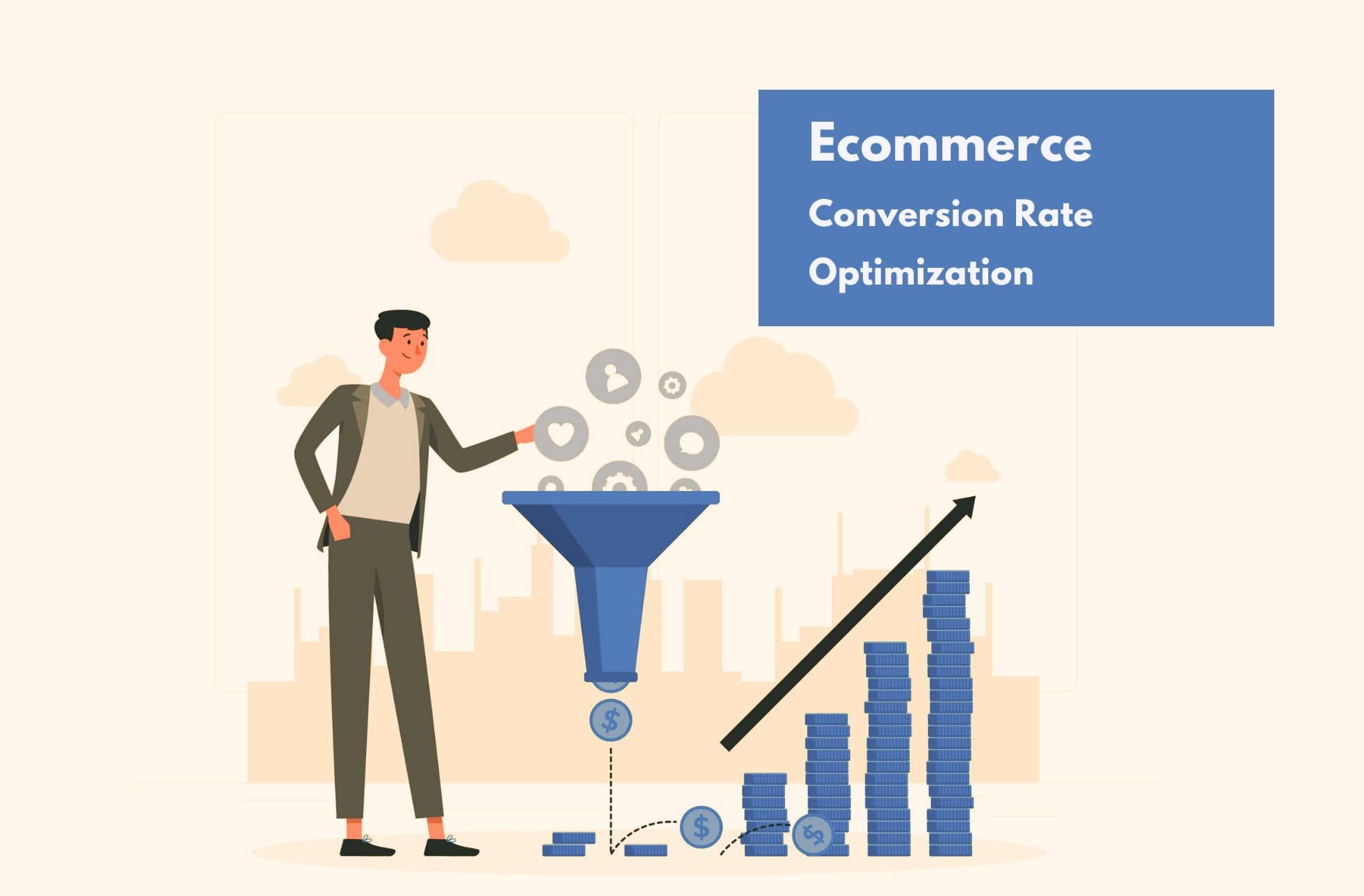Content marketing stopped being a trend years ago and became an established reality.
I’m not telling you anything you don’t know, am I?
Companies and marketers around the world are taking advantage of this strategy to reach, attract and retain potential customers.
The 2017 figures did not lie, and 2018 is also on track to become a good year for content marketing.
According to a study conducted by PointVisible, 91% of B2B marketers use a content strategy. In B2C, the figure does not go far: 86% say they are equally committed to this discipline.
In this context, companies face many challenges. They need to get to know their customers, produce content constantly, try to reach as many customers as possible…. And if they are present in several countries, they need to do all this in different languages and with very different cultures in mind.
It is on this last point that I will focus on this article. Developing an international content marketing strategy is a project that many professionals face, and there are many aspects that are important for you to consider.
To do this, I will guide you, step by step, through the different stages you will have to face to be successful in creating content for various cultures.
Ready? Ready? Here we go. Here we go.
Step 1: Define your strategy
An international content strategy has many aspects to consider. However, the main and most important one is the location of your content.
Glocal is the new global
The first step in any content marketing strategy, international or not, is to meet your personal buyer. And when we change country, this precept stands.
The world is enormously heterogeneous. The European continent alone, with several dozen countries, is the opposite of a homogeneous market. Dozens of languages, religions, customs, expectations…. Every country is a world, and what could be perfectly valid in Germany could be a big mistake in Poland, even if both countries share a border.
So the first step is to get to know your client. In making an international strategy it is not enough to translate the same content and stay there.
And that’s where”localization” comes in. Localizing the content is to adapt it to the needs of each country, to make the reader feel that you have done it with him in mind.
This localization can be at the level of texts, design and any other aspect that we consider relevant.
This is the reason for the”glocal” concept: in order to be global we have to know how to adapt to the local needs of each country.
Let’s take an example of a company’s location: Do you know the brand El Foredor? Until recently I thought The Fork was a Spanish company. However, when I was abroad I realized that this was not the case.
The way to”locate” this company was to change its name according to the country in which it was located:

Thus, your potential clients feel that you are a local company, close to them and that you know the market in which you operate.
How do we bring localization to content?
Take it easy! Take it easy! You don’t have to change the name of your brand or make any decision of such relevance.
If we keep the”localization” of the content up to date, it can be as simple as not talking about Three Kings Day (which does not exist there), or taking into account that the date of Father’s Day varies.
Also, if we publish an article about a study of Italian citizens, they may not be interested in it in Germany. If we make a joke about the”show business” of our country, it is more than likely that in the next country they will not understand it.
Believe it or not, these kinds of details, which seem so simple, are not always taken into account. Many brands translate their content in an almost automated way, and without thinking about the reality of each client.
Does the content format vary by country?
When defining your international content strategy, the format you use is also very important. Yes, the blog is an almost standard tool for all companies, but there are dozens of options we can use:
- Blog articles
- Product Webinars
- Ebooks
- Infographics
- Newsletters and Newsletters
- Quizzes
Et cetera.
Depending on the country we are in, one content may work better than another. Although we must always make the most of what we have done and”recycle” (adapting it as much as possible), we do have to bear in mind that sometimes we may have to create content specific to a particular country.
A content strategy aligned with your business objectives
As you can see, creating an international content strategy is an investment of time and money. We will have to locate our contents, sometimes even create them in different formats depending on the country we are going to.
Our content strategy should be closely aligned with our business objectives. If our main market is France, it is only logical that we should devote more effort and investment to creating content for this country. If our sales in Lithuania are very residual, it may not be worthwhile for us to generate original Lithuanian content.
Step 2: Prepare your content and translate it
Attention: When we talk about preparing your content, we are talking about quality content.
We have reached what many call”content shock”, or”infoxication”. More and more professionals have joined content marketing, so the Internet is flooded with them.
This saturation has made many of us”immune” to all this offer of information. We receive dozens of emails with blog posts, we see pop-ups that take us to explanatory webinars…. And we delete it from our head almost immediately and move on to the next topic.
As a result, quality content has become more important than ever. If you’re defining a content strategy – whether international or not – you can’t publish the same article that’s already published in 50 more blogs.
Finding new topics is complicated, but you can try to find new approaches or go deeper into topics that have already been discussed. Remember that if you are publishing in several countries, this initial research must be done separately.
How to translate your content
Content translation is central to an international strategy. If you have native professionals on staff, you can use them to generate original content.
However, translating is not as simple as it sounds. We recommend that you look for a translation agency with experienced native-speaking professionals.
Step 3: Spread the word
A content marketing strategy would be meaningless without the right promotion of the content. In applying it to an international environment, we will have to consider a number of things:
One channel does not work for all countries
When talking about broadcast, the most common thing is to think about social media. Although there are other promotional channels, such as newsletters, it is quite possible that social networks are key to an international content strategy.
And, if we want to reach several countries, we have to take into account several things.
Although Facebook is quite common to most countries, the fact is that each social network has a specific penetration in the territory. There are even countries where they use social networks that have nothing to do with those to which we are accustomed.
In the following image we can see the predominant social networks worldwide:

The perfect social network will depend a lot on our business and our type of customer, but do some research before you jump into one or the other.
Language and social networks
Unfortunately, not all social networks offer advanced options for publishing in multiple languages.
Today, the main social networks offer the following possibilities:
- Facebook: Facebook allows you to make the same publication in several languages. When you make a publication, you will see the”Write the publication in another language” option. By clicking on it, we can select the language we want and write the translated text. Once we publish, users will see the publication in the language in which they have their social network configured.
- Twitter: Twitter does not offer the possibility of translating the same publication into several languages. That’s why we have two options: Write everything in the same language (usually English) or create a country-specific account (Example: semrush_en or semrush_fr).
- Instagram: Something similar to Twitter happens in Instagram. This social network does not allow publishing in multiple languages. We can publish everything in one language or create one account per country. Unlike Twitter, Instagram offers more space for text, so some companies choose to write text in two languages in the same publication.
- LinkedIn: LinkedIn offers the option to segment an organic publication for viewing by a specific audience only. When making a publication, you can click on”Post settings” /”Targeted audience”.

A window like the one below will open:

From this section you can segment who you want this publication to appear to. You can filter by language or location, which could help you get your content to the right people.
Please note: You will need to make a specific publication for each language/region. So when someone logs into your profile and sees all your posts, they’ll see several in different languages in a row.
Step 4: Analyze and evolve
Any digital marketing strategy would be incomplete without a stage in which we analyze the results of our strategy.
See, in a differentiated way by country, the results of each content. Depending on our business and the type of content (TOFU, MOFU, BOFU), the KPIs to be controlled will vary.
If we are talking about a generic blog article, oriented to capture traffic through SEO, we can check your CTR, the average position in search engines, the bounce rate. If, on the other hand, we are talking about an ebook available for download, we might be more interested in analyzing the number of leads generated.
All these KPIs will need to be reviewed by country. It will be at this point, and through trial and error, that we will see which content works best in each country, which to promote and which to stop using.
Conclusion
You will have seen that, in a way, creating an international content strategy does not vary too much from a strategy within your own borders.
However, there are some nuances to be taken into account. And, above all, it is important to think that every new country and language in which you want to launch your content will have an extra workload (and economic investment) that you have to be able to assume.
It is better to expand gradually and create quality content than to launch a poorly defined campaign that does not generate the expected results.





